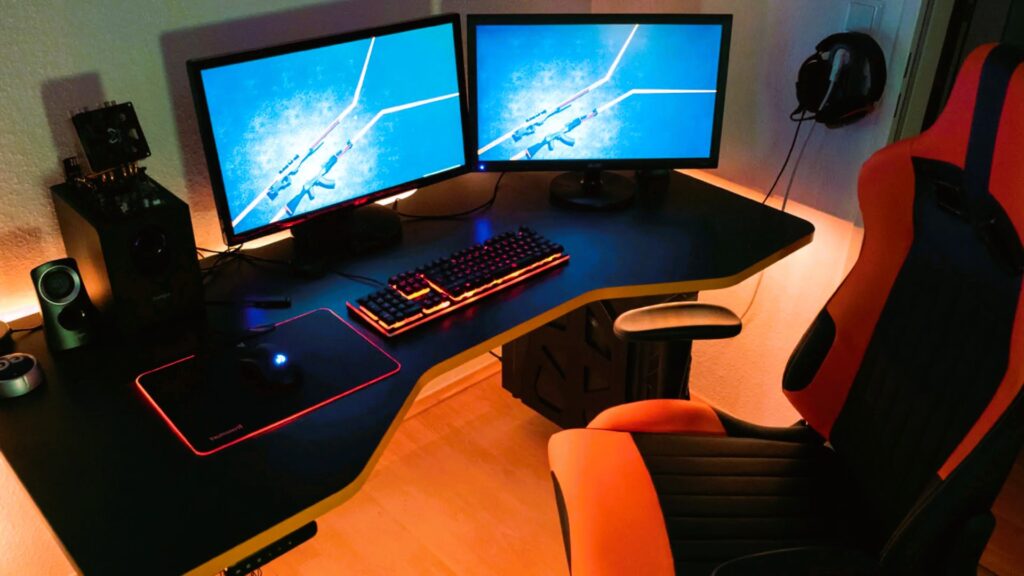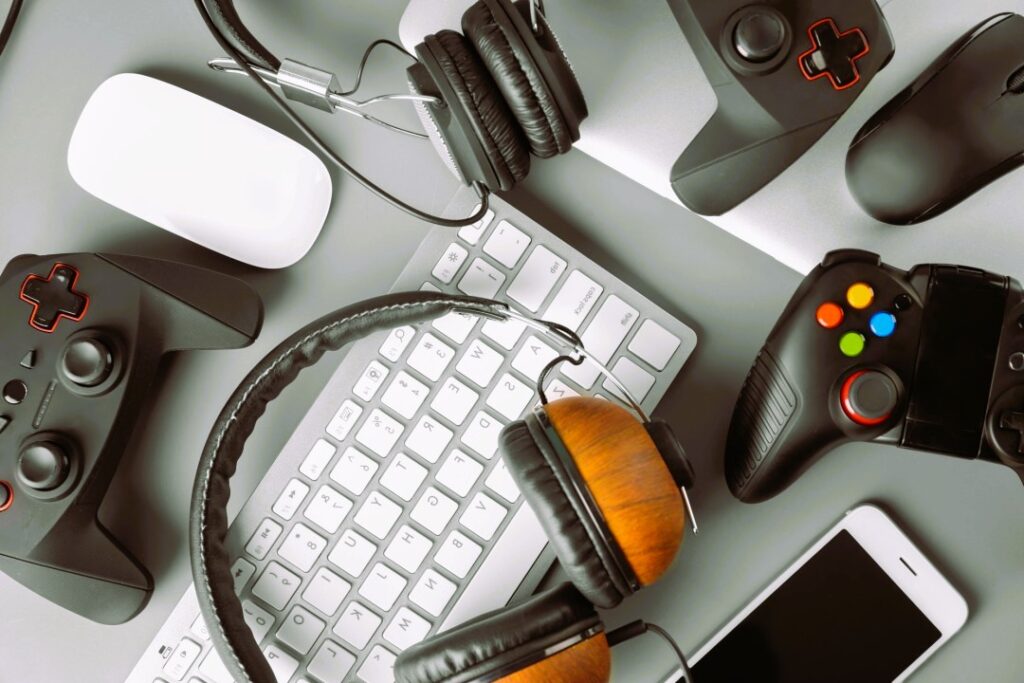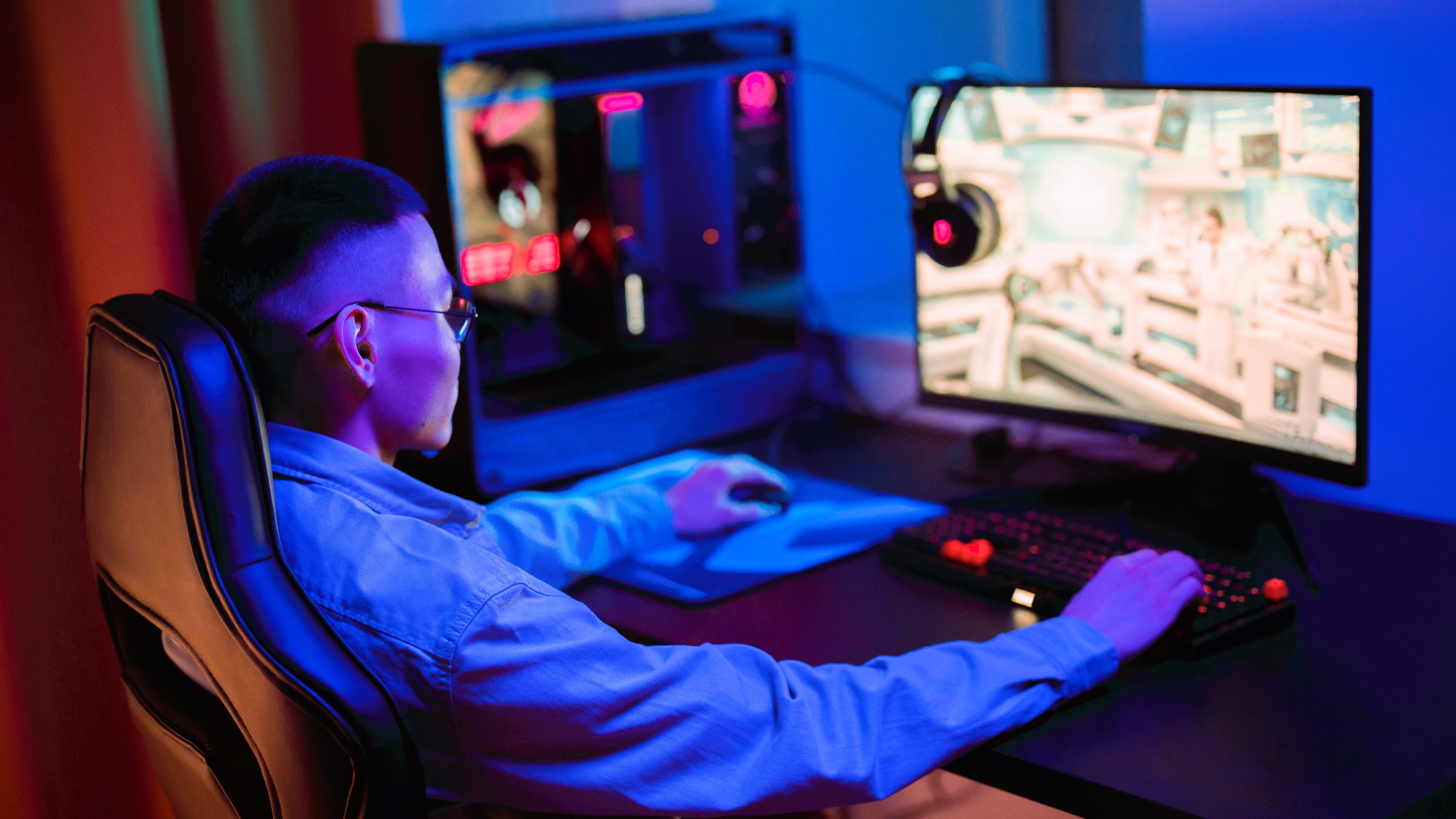Building a gaming setup for maximum performance requires careful planning and consideration of various components to ensure that you achieve the best possible gaming experience. From high-end hardware to ergonomic furniture, every element plays a crucial role in optimizing performance and comfort. This article will guide you through the essential components and considerations needed to build a top-tier gaming setup.
Understanding Your Needs
Before diving into the specifics of building a gaming setup, it’s important to understand your needs and preferences. Your gaming setup should be tailored to your gaming habits, whether you’re a casual gamer, a competitive player, or a content creator.
Assessing Your Gaming Preferences
Consider the types of games you play and the level of performance you need. For instance, if you play graphically intensive games like Cyberpunk 2077 or Microsoft Flight Simulator, you’ll need high-end components. On the other hand, if you enjoy less demanding games, a mid-range setup might suffice.
Setting a Budget
Determine your budget for the gaming setup. High-performance components can be expensive, so it’s important to set a realistic budget that aligns with your needs. Allocate funds for essential components such as the CPU, GPU, and monitor, as well as peripherals and accessories.
Essential Components for a High-Performance Gaming Setup

A high-performance gaming setup consists of several key components, each contributing to the overall gaming experience. Here’s a breakdown of the essential components you need to consider:
1. Central Processing Unit (CPU)
The CPU is the brain of your gaming setup and plays a critical role in overall performance. Choose a high-performance processor with multiple cores and threads to handle demanding games and multitasking. Popular choices for gaming CPUs include AMD Ryzen and Intel Core processors.
Recommendation: AMD Ryzen 7 5800X or Intel Core i7-12700K
2. Graphics Processing Unit (GPU)
The GPU is arguably the most important component for gaming performance. A powerful graphics card will ensure smooth frame rates and high-resolution graphics. Look for GPUs with ample VRAM and support for the latest technologies such as ray tracing.
Recommendation: NVIDIA GeForce RTX 3080 or AMD Radeon RX 6800 XT
3. Memory (RAM)
Sufficient RAM is essential for smooth gameplay and multitasking. Aim for at least 16GB of RAM for modern games, with 32GB being ideal for more demanding applications and streaming.
Recommendation: Corsair Vengeance LPX 16GB (2 x 8GB) DDR4-3200
4. Storage
Fast and ample storage is crucial for quick load times and efficient data access. Consider using a combination of an SSD (Solid State Drive) for your operating system and frequently played games, along with an HDD (Hard Disk Drive) for additional storage.
Recommendation: Samsung 970 EVO Plus 1TB NVMe SSD and Seagate Barracuda 2TB HDD
5. Motherboard
The motherboard connects all your components and should be compatible with your CPU and RAM. Choose a motherboard with the necessary features such as PCIe slots, USB ports, and support for overclocking if you plan to tweak your system. How to improve gaming reflexes and reaction time, more details here.
Recommendation: ASUS ROG Strix B550-E Gaming or MSI MAG Z690 Tomahawk
6. Power Supply Unit (PSU)
A reliable PSU ensures that your components receive stable power. Choose a PSU with sufficient wattage to support your system and consider a model with an 80+ Gold or Platinum rating for efficiency.
Recommendation: EVGA SuperNOVA 750 G5 750W 80+ Gold
7. Computer Case
The computer case houses all your components and affects airflow and cooling. Choose a case with good ventilation, cable management options, and space for additional cooling solutions if needed.
Recommendation: NZXT H510 Elite or Corsair 4000D Airflow
Peripherals and Accessories

In addition to the core components, peripherals and accessories enhance your gaming experience and comfort.
1. Monitor
A high-quality monitor with a high refresh rate and low response time is crucial for a smooth gaming experience. Look for monitors with at least 144Hz refresh rate and 1ms response time. Consider options with G-Sync or FreeSync support for reduced screen tearing.
Recommendation: ASUS ROG Swift PG259QN 360Hz or Dell Alienware AW2521H 360Hz
2. Keyboard and Mouse
Choose a gaming keyboard and mouse that offer responsiveness and customization options. Mechanical keyboards with customizable RGB lighting and gaming mice with adjustable DPI settings can enhance your gaming performance.
Recommendation: Corsair K95 RGB Platinum XT and Logitech G502 Hero
3. Headset
A good gaming headset provides immersive audio and clear communication. Look for headsets with surround sound, noise-canceling features, and a comfortable design.
Recommendation: HyperX Cloud II or SteelSeries Arctis 7
4. Mouse Pad and Desk
A large mouse pad and a comfortable desk can improve your gaming ergonomics. Consider an extended mouse pad that accommodates both your mouse and keyboard, and a desk with ample space for your setup.
Recommendation: Corsair MM300 Extended or SteelSeries QcK XXL
5. Chair
An ergonomic gaming chair provides comfort during long gaming sessions. Look for a chair with adjustable height, lumbar support, and a reclining feature.
Recommendation: Secretlab Omega or DXRacer Racing Series
Building and Optimizing Your Setup
Once you have all the components, it’s time to build and optimize your gaming setup. Follow the manufacturer’s instructions for assembling your PC and ensure that all components are properly installed and connected.
Cable Management
Good cable management keeps your setup tidy and improves airflow. Use cable ties or sleeves to organize cables and avoid obstructing airflow.
System Optimization
After building your setup, optimize your system by updating drivers, configuring BIOS settings, and tweaking in-game settings for the best performance. Regularly clean your system to prevent dust buildup and maintain optimal cooling.
Building a gaming setup for maximum performance involves selecting high-quality components, peripherals, and accessories tailored to your needs. By focusing on essential elements such as the CPU, GPU, and monitor, and investing in ergonomic peripherals, you can create a gaming environment that delivers exceptional performance and comfort.
For more information on gaming hardware and setup tips, visit Wikipedia for comprehensive reviews and recommendations.

